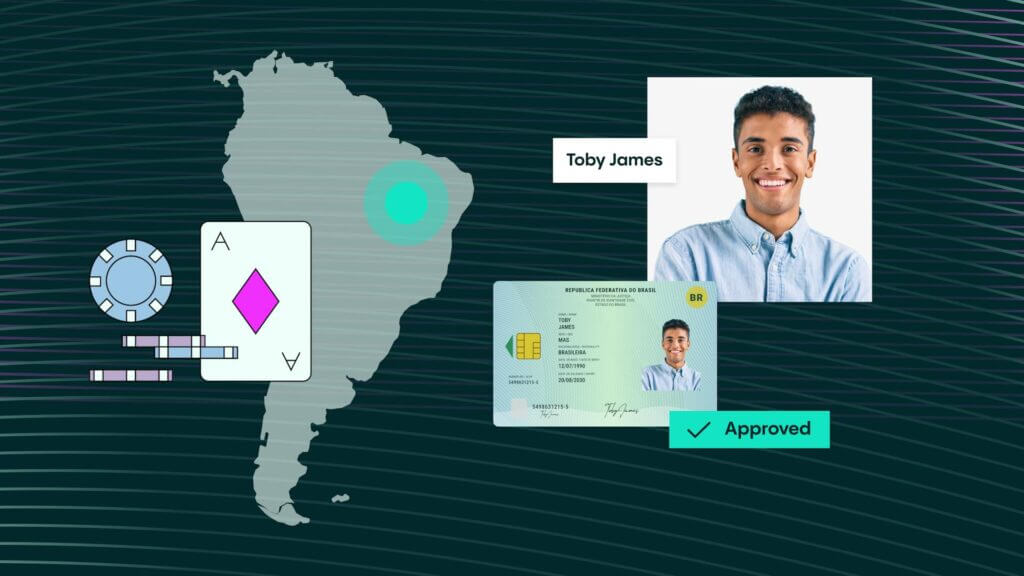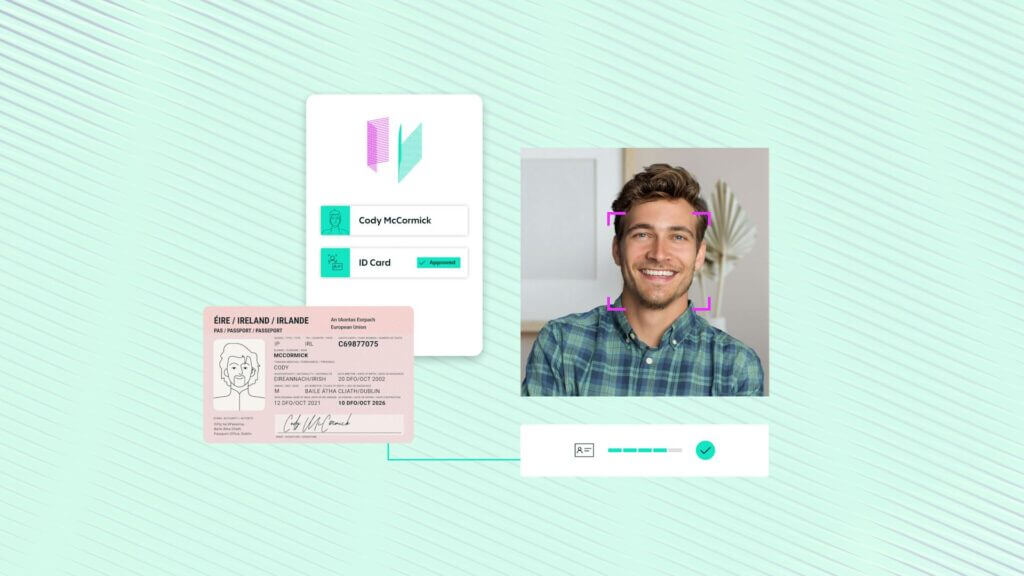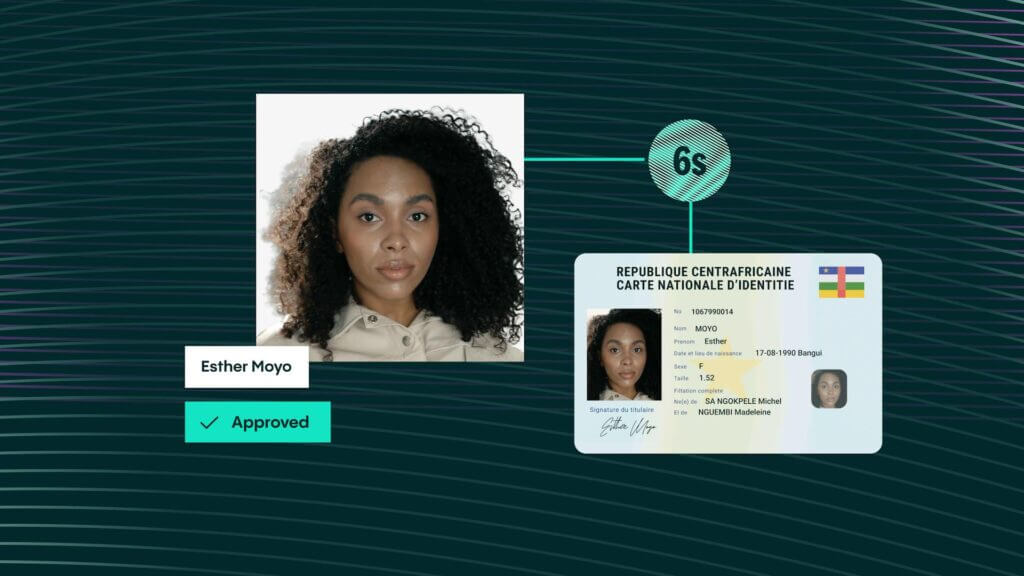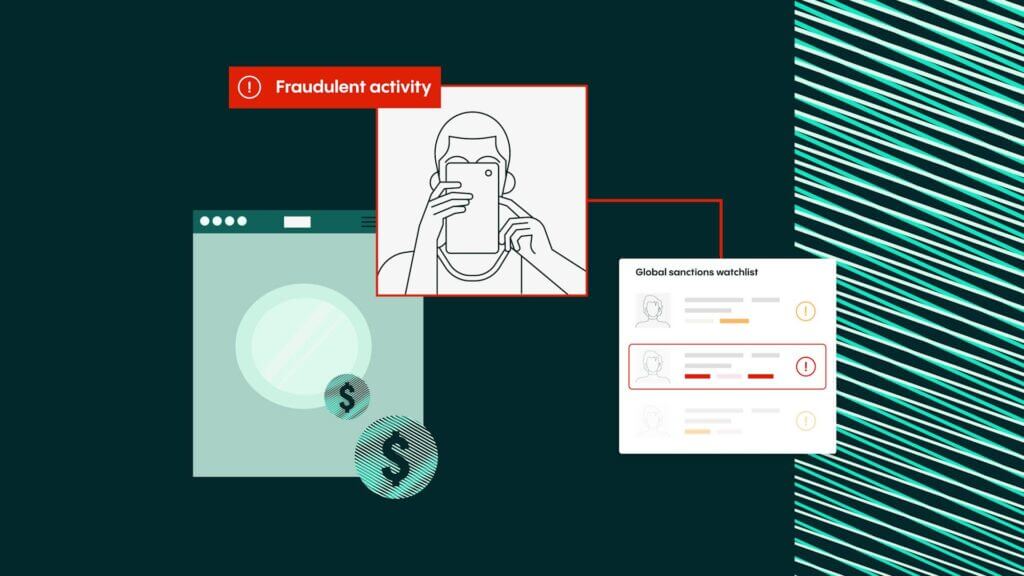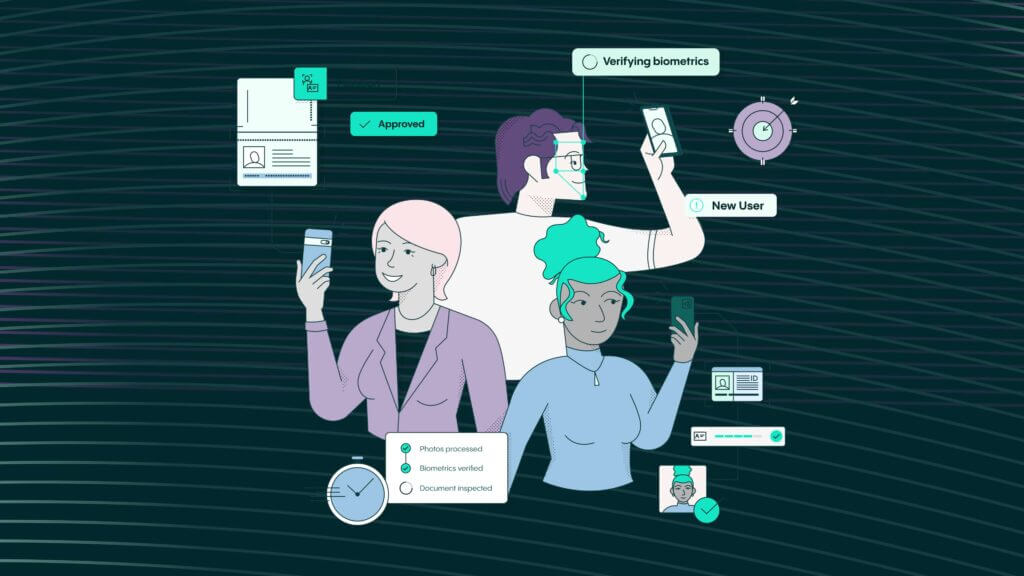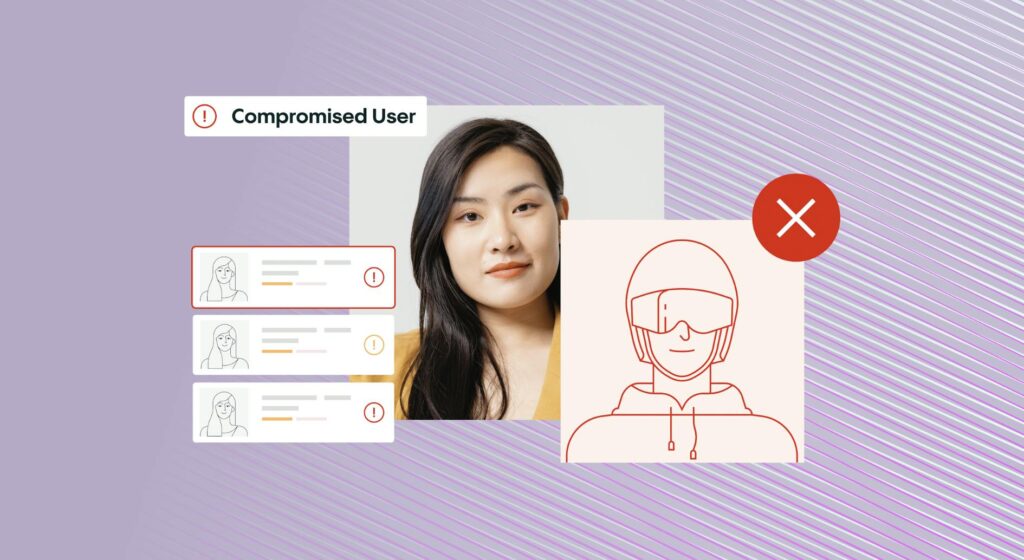Onboarding Article
Understanding user onboarding: a deep dive into the process and Veriff’s role
User onboarding is vital for digital products, shaping the user journey and experience. It introduces new users, guiding them from sign-up to engagement. Effective onboarding ensures a smooth transition, impacting retention and satisfaction.
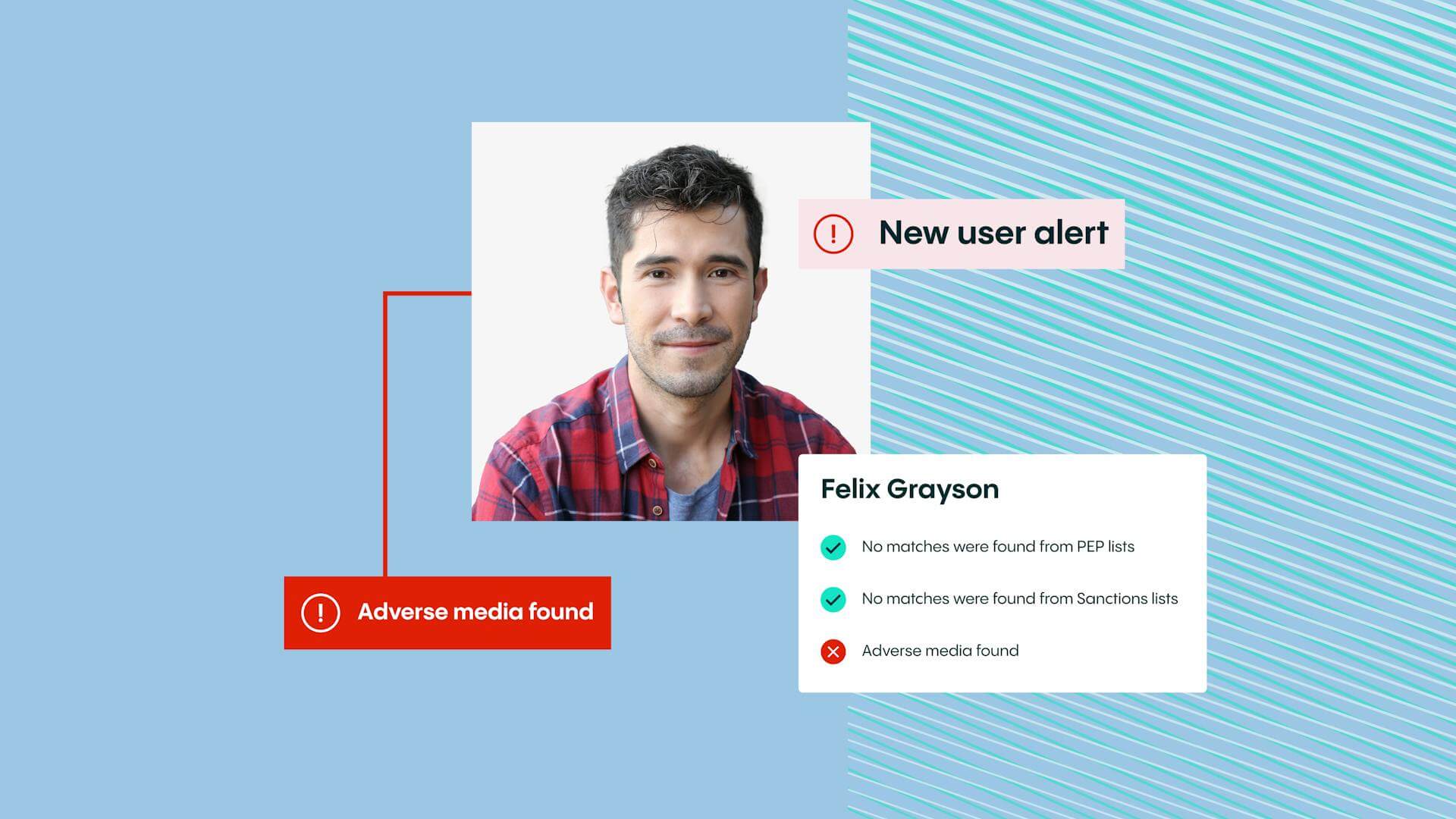
1. What Is user onboarding?
User onboarding ought to be familiar to anyone who has opened a bank account. But when people are asked to define the term, they often give an inaccurate description. Certainly, the goal of user onboarding is the process of familiarizing a customer with a brand’s products or services. But it is much more than that.
So, what then is it? As defined by the User Onboarding Academy, successful user onboarding is a process whereby you help new and existing customers find value in your products and services. It is a vital process that shapes how a customer views your business and has a direct correlation with how likely they are to continue engaging your business. The user journey map visually represents a customer’s experience with a company during onboarding.
A good user onboarding experience starts with a great customer journey – a person encounters your business, continues through the sign-up process, gathers pace when the customer makes a purchase, and is ideally maintained thereafter. Knowing your “aha!” moment is the secret to having successful user onboarding and better user retention. It provides the framework for the goals you set for your product team and is a systematic methodology to drive product adoption. It can and should be applied not just for new users, but for each stage in your user lifecycle and for all your product and feature adoption goals.
2. Why is the user onboarding flow important for success?
The purpose of implementing user onboarding process is to guide your users understand the value of your products and services. Users who engage with what you are offering are much more likely to stay. This, in turn, improves the conversion rate and significantly reduces churn.
For many businesses, there is room for improvement in onboarding and retaining users. Get the process right, and you can maximize your profits – your customers will return to buy from you again and again.
However, numerous businesses fumble the first step in onboarding – signing customers up. It is not unusual for only 30% of users to complete the initial sign-up process. Often the user onboarding process is overly complicated and bureaucratic and involves too many checks and balances.

Talk to us
Talk to one of Veriff’s compliance experts to see how IDV can help your business.
3. What are the implications of poor user identity verification for businesses?
Consumers today expect a seamless experience when they engage with online services, and this applies as much to the identity verification process as anything else. When done correctly, identity verification should be fast and effective. The trouble is that this is often the exception rather than the rule. According to the CMO Council, six out of ten consumers abandon online transactions because of problems involving identity verification.
This matters because consumers – particularly millennials and Gen-Zers – get frustrated when they are presented with confusing steps and imprecise instructions during the identity verification process. Rather than figure things out, all too often, they quit and take their business elsewhere. That’s why it’s so important that the identity verification is handled in as smooth a way as possible as part of the onboarding process.
4. What benefits come with effective user onboarding process?
There are multiple benefits to getting user onboarding right. Here are just a few:
- Higher conversion rate – Consumers who are onboarded properly during a trial period are much more likely to sign up for your service. They appreciate the effort you have put into making them feel like a valued customer.
- Reduced churn rates – When a customer has been taken through the onboarding process seamlessly, they are much less likely to abandon your product and service.
- Faster time to value – When customers are moved swiftly through the onboarding process, they start using your product’s features more quickly.
- Increased revenue – well-treated customers are much more likely to be receptive to cross-selling and upselling products. During the onboarding process, brands can also identify features that customers might benefit from. All this translates into increased revenue.
- Positive brand recognition – Having a well-designed onboarding process reflects well on your business. Customers will consider you to be professional, caring, and committed to their welfare.
- Greater advocacy – customers who have been through your onboarding process successfully are much more likely to become brand advocates and recommend your company to friends and family.

Want to learn more?
Talk to one of Veriff’s compliance experts to see how IDV can help your business.
5. How do user onboarding solutions contribute to improved customer retention and fraud prevention?
A good user onboarding process is a catalyst for customer retention. A well-designed onboarding process for users creates a positive first impression, provides virtual product tours, and in this way, encourages users to understand a product’s features and functionalities in more depth. User onboarding best practices equip customers with the knowledge and skills to use a product effectively. A great way to increase adoption and retention is to learn from your users by using highly relevant and contextual in-app messages. These in-app messages are informative guides or non-intrusive directions for a user, that are relevant to the user’s context and that appear inside the app. They can be displayed as tooltips, spotlights, coachmarks, in-app videos, stories, animations, etc, and can be used for providing information or requesting user action while the user is actively using the app. Also, progress bars are great visual indicators that keep the users engaged and motivated to complete the onboarding process. And the onboarding process gives companies an opportunity to glean valuable information about users’ pain points and concerns. All these factors can help companies increase their retention rates.
User onboarding also plays a vital role in preventing fraud and financial crime. The best place to stop this crime is at the starting point of any customer relationship. With a quick and effective user identity verification solution, you can spot anomalies and detect out-of-date or mismatched information. When combined with biometric data, you should be able to keep most bad actors out and protect your business.
6. How can Veriff’s solutions help to ensure a seamless user onboarding process for your business?
Veriff has a suite of products that can help you onboard customers seamlessly. Fast, accurate, and reliable, it can reduce the cost of customer acquisition and keep regulators happy.
Our solution supports over 12,000 identity documents from over 230 countries and territories, in over 48 languages, making it the most comprehensive identity verification solution across the globe. And verification happens in 6 seconds, which keeps users moving through the onboarding process and gets them interacting with your business faster.
For added assurance, our Proof of Address (POA) system helps you stay compliant whilst getting a comprehensive view of a user’s identity. Users can easily capture an image or upload a copy of a POA document. The document type and issue date are then checked to ensure they are suitable and valid.
Working in parallel with this solution, our Database Verification Checks can be used to verify tax or social insurance numbers against authoritative databases such as government registries. These checks add an impactful way of confirming identity. They can also be deployed together with our age verification solution, which confirms whether users are above a pre-defined minimum age threshold.
FAQs
1. How do Veriff user onboarding solutions enhance your business?
Our onboarding solution enables you to onboard genuine customers faster – typically, users get validated in six seconds. Veriff makes acquiring new customers worth the investment and protects your customers from fraud. Fraud Protect is our core package of fraud mitigation features, designed to protect your organization during the IDV process while minimizing friction for your genuine users. It combines advanced machine learning models and fraud-detection expertise to detect patterns and deliver industry-leading protection.
At the same time, it can protect your reputation and help you to show regulators that you take financial crime seriously. We reference an extensive Politically Exposed Persons (PEP) database, sanctions database, and adverse media database, which are all updated in real time. Plus, we constantly monitor higher risk individuals – you can receive continuous notifications whenever a user’s name matches an updated version on the database in real time.
Here at Veriff, we’ve developed an AML screening solution that can reduce risk for your business at every turn. Our anti-money laundering screening tool helps you maintain regulatory compliance while also actively increasing your conversion rate. It works by deploying our identity verification service alongside politically exposed person and sanctions checks, as well as adverse media screening, and ongoing customer monitoring.
2. How does the Veriff’s user onboarding process work in your business?
Veriff’s onboarding solutions work in several stages. First, users are asked to provide a photo of their government-issued identity document, which may be a passport, identity card or a driving license. The user is then asked to take a simple selfie of themselves. Veriff’s Assisted Image Capture will let them know immediately if there is something wrong with the image. We quickly detect liveness and realness without asking users to move unnaturally or follow complex instructions.
The data is then sent to Veriff and our AI-powered identity verification solution. A decision is then taken within a few seconds based on the identity checks your business requires.
If POA is required as part of this process, users will be asked to capture an image or upload a copy of their POA documents. A suitable document might be a bank statement or utility bill, depending on the jurisdiction. The document type and issue data are then checked to ensure that they are suitable and valid. Once this check is completed, the name and address data are extracted, and the user can be safely onboarded.
For added protection against fraud and money laundering, companies can add anti-money laundering (AML) screening to the mix. After identity verification, but before formal onboarding, users can be screened against global PEP and sanctions watchlists. For an added layer of security, we can also screen for negative news and information so you can identify customers that have a heightened level of risk associated with them.






